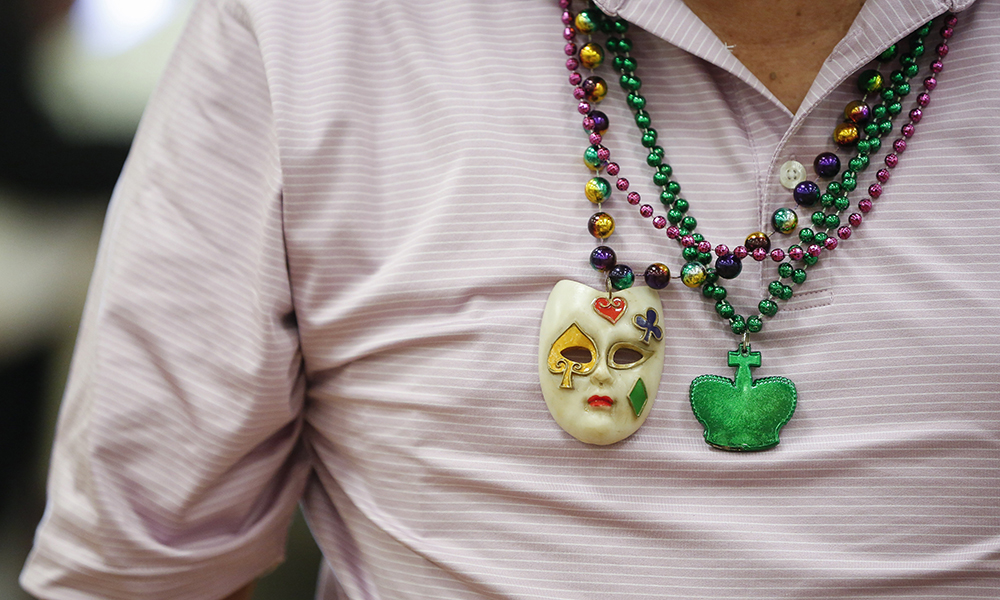Mardi Gras (“Fat Tuesday”) is the day before Ash Wednesday, which marks the beginning of Lent. In times of greater Lenten austerity in Catholic countries, Mardi Gras offered an opportunity for households to consume some foods they would not enjoy until Easter. In England, the day has been celebrated with pancakes (which use eggs, milk and sugar — items our ancestors would have foregone during Lent), while in some areas of Germany the Lenten discipline applied to strong drink as well, so the day before Ash Wednesday became a time for special revelry.
Some have drawn a connection between Mardi Gras and ancient pagan festivals to welcome spring. This may certainly be true, but Catholic liturgists identify another link — namely, a time to extend celebrations of the Christmas season until the beginning of Lent. Whatever the case, certain cities around the world (Venice, Rio de Janeiro, New Orleans) have become identified with elaborate civic festivities leading up to Mardi Gras. These are usually known as “Carnival” (“Farewell to Meat”), a name that conveys the celebration’s religious, pre-Lenten character, although the events themselves (as in Venice) may commemorate military victories. In most places, however, Mardi Gras simply justifies an elaborate — often excessive — party.

